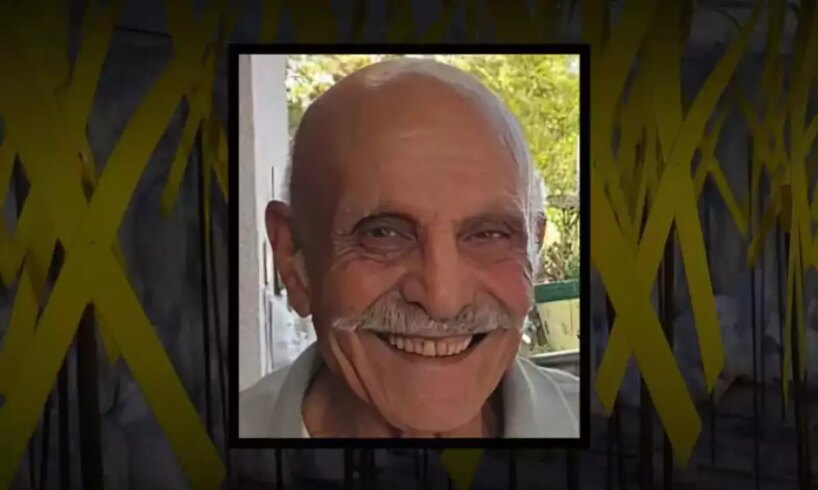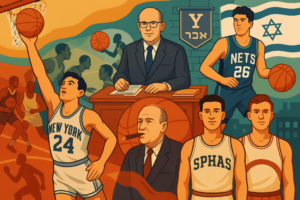
At a conference held at Bar-Ilan University, marking the national day commemorating the departure and expulsion of Jews from Arab countries and Iran, a day created to restore to the public sphere the story of hundreds of thousands of Jews uprooted from their homes in the 20th century, one of the most harrowing personal stories was brought back to the stage.
It was the story of the late Shlomo Mansour, who survived the Farhud pogrom in Baghdad as a young child and was later murdered in Hamas captivity at age 85. His personal story has become a symbol of the unbroken chain of antisemitic violence that continues into the present.
Farhud events in Baghdad. Photo: Yad Yitzhak Ben-Zvi photo archive
The day of the expulsion, observed annually on November 30, seeks to remind the public of the fate of roughly 900,000 Jews who were forced to abandon everything and leave Arab countries and Iran. Although it was a formative historical event, it has yet to receive the recognition it deserves in Israeli public memory. The conference, initiated by the Dahan Center at Bar-Ilan University, headed by Dr. Shimon Ohayon, included testimonies from Jews from Libya, Egypt and Iraq, among them the testimony of Hadassah Lazar, Shlomo’s sister.
Shlomo was born in Baghdad in 1938. At age three or four he experienced the Farhud, a brutal pogrom against Jews that left hundreds dead. Hadassah described her brother’s account: “The rioters burst into the house, beat our parents and shot his dog in front of his eyes. He fled to the roof and saw two rioters throwing a Jewish baby from side to side like a ball. When they returned the baby to his mother he had already been impaled.” According to her, “these are sights no child should ever witness yet for Shlomo they became part of his identity.”
Shlomo Mansour during his childhood
The hardships did not end when they immigrated to Israel in 1951 as part of Operation Ezra and Nehemiah. Hadassah described their early days: “We were placed in a transit camp in Atlit in tents and from there moved to the Talpiot maabara, to a small shack. Rain leaked in, the sun scorched, everything was rationed and scarce. It was a sharp fall from our warm home in Iraq to a life of difficulty and overcrowding.”
She added that they arrived in a country that was supposed to be home, yet found a daily struggle instead. Integration was difficult. When the family refused to move to Beersheba because they wanted to reach Jerusalem, the establishment punished them by withholding food coupons. “Shlomo, in his wisdom, took my brother who was nine and the two searched through garbage for unburned food coupons. That is how he saved the family. It is unbelievable that in the Land of Israel, the promised home, they were punished with food.” Despite everything, she said, Shlomo found the strength to rise above it: “With his generous heart he always found a way to overcome hardship.”
Siblings Shlomo, Rachel, Moshe, Puria, Eli and Hadassah of the Mansour family. Photo: courtesy
Shlomo later joined Kibbutz Kissufim, where he became one of the central figures in the community. “Salt of the earth, a man of endless giving and the beating heart of the kibbutz, his sister said. That is who he was all his life. No matter what he had been through he always chose to see the person, to lend a hand, to strengthen, to encourage and to create goodness around him. That, she said, is how she wants him to be remembered. Not only through the horrors he lived through but through the light he radiated.”
But history returned with cruelty. “Not in Iraq, not in Poland but here in the promised land Shlomo was taken from us forever, yet his light remains and serves as our beacon.”
At the close of the conference Dr. Ohayon said: “The Farhud and October 7 are two chapters of the same antisemitism. In the past it came from Arab regimes and today it comes from Hamas. It is the same hatred, the same pattern. This is a story that must return to the center because it is an inseparable part of the Israeli story.”





